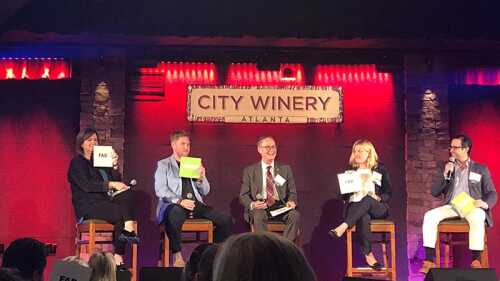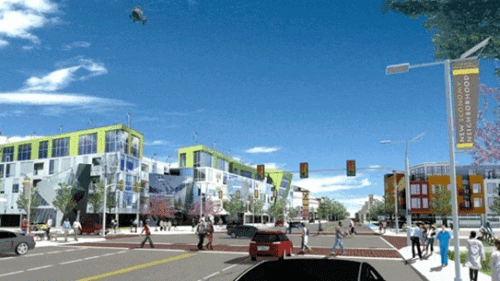Economy, Market & Trends
The overall availability rate for U.S. office space was unchanged as of the end of the third quarter of 2018, remaining at 18.1 percent, according to the latest Savills Studley Report: National Office Sector from commercial services firm Savills Studley. San Francisco remains the tightest market in the country, with an availability rate of 9 percent, followed by Boston/Suffolk County, 9.7 percent; New York City, 11.6 percent; and Austin, 12.8 percent.
While the Atlanta region has grown dramatically in the last decade, the issue of traffic and mobility issue hung over much of the discussion at a recent ULI Atlanta event, which also touched on the findings from Emerging Trends in Real Estate ® 2019.
The hunt for secure long-term income is driving European real estate investment as the industry hedges against potential interest rate increases and an uncertain geopolitical backdrop, according to Emerging Trends in Real Estate ® Europe 2019. The annual report, published jointly by ULI and PwC, is based on the opinions of over 800 real estate professionals in Europe, including investors, developers, lenders, and advisers.
The 2019 Dodge Construction Outlook predicts that total U.S. construction starts for 2019 will be $808 billion, staying essentially even with the $807 billion estimated for 2018, according to industry data provider Dodge Data & Analytics.
The property surrounding the San Diego–Tijuana border crossing offers many opportunities, said ULI members speaking at a panel discussion in October. But the San Ysidro crossing—the busiest border crossing in the world—remains a daunting, congested funnel for binational business. A recent ULI technical advisory panel looked at solutions to make better use of the surrounding land.
Developers and city leaders of Cleveland are considering how to redevelop a 400-acre (162 ha) neighborhood to the southeast of the downtown corridor. Once known as the “Forgotten Triangle,” the area is now part of the Cleveland Opportunity Corridor, with plans to reconnect the neighborhood to the University Circle area by 2021 via a multimodal boulevard.
In the closing address at the 2018 ULI Fall Meeting in Boston, social psychologist and best-selling author Amy Cuddy urged audience members to alter their physical posture, speak more slowly, and use expansive breathing to feel more powerful and open to communicating with others.
The commercial real estate sector is poised to undergo a radical technological transformation in which it will be as quick and easy to buy or sell a home as it is to order a new iPhone, in which blockchain and digital tokens will allow commercial real estate assets to be split into tiny shares that can be easily traded, and in which construction companies will deploy autonomous bulldozers to grade sites and make up for a shortage of skilled labor. Those were just some of the transformative innovations described by venture capitalist Brad Greiwe in a session on technological change at the 2018 ULI Fall Meeting in Boston.
Technological innovations ranging from sophisticated sensors to algorithms that sift through mountains of operational data to extract new insights are taking hold across the commercial real estate sector. But it is crucial to avoid becoming distracted by the allure of innovation for its own sake, and concentrate on how to assimilate advances in a way that generates value for companies and their clients, according to panelists at the 2018 ULI Fall Meeting in Boston.
Over the last decade, the remaking of urban districts around the United States has often led to significant neighborhood upheaval. But developers, nonprofit organizations, and public agencies are placing increasing emphasis on building equitable outcomes into development and renewal, and officials from two organizations at the forefront of that effort shared their experiences at the 2018 ULI Fall Meeting in Boston.




